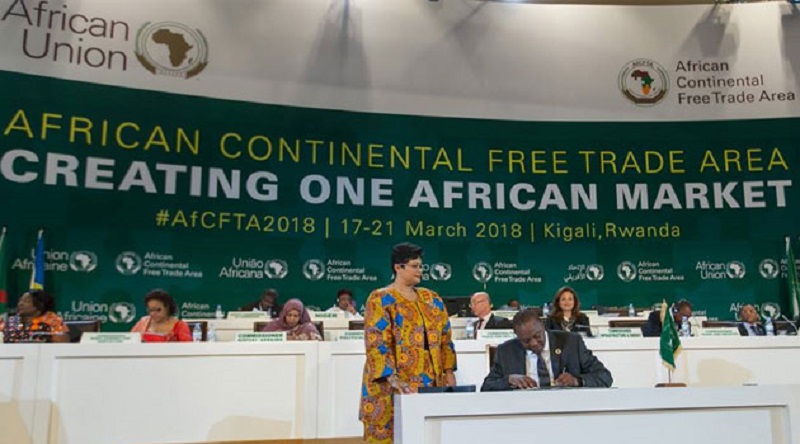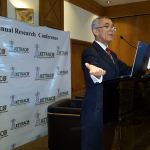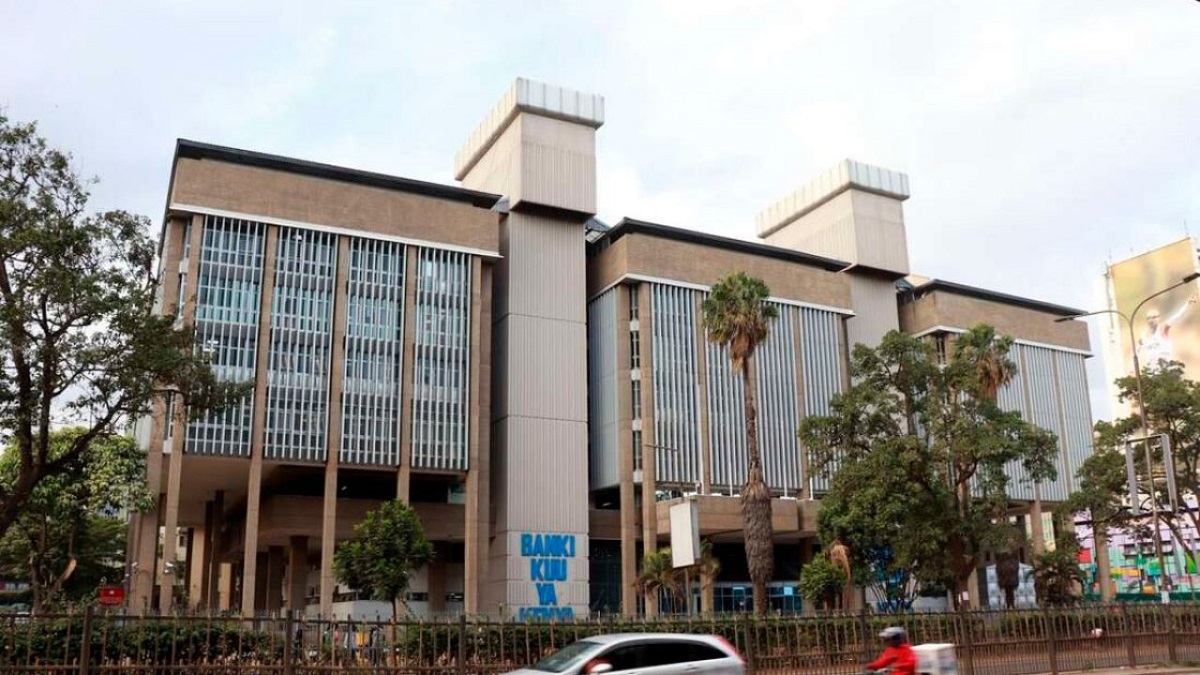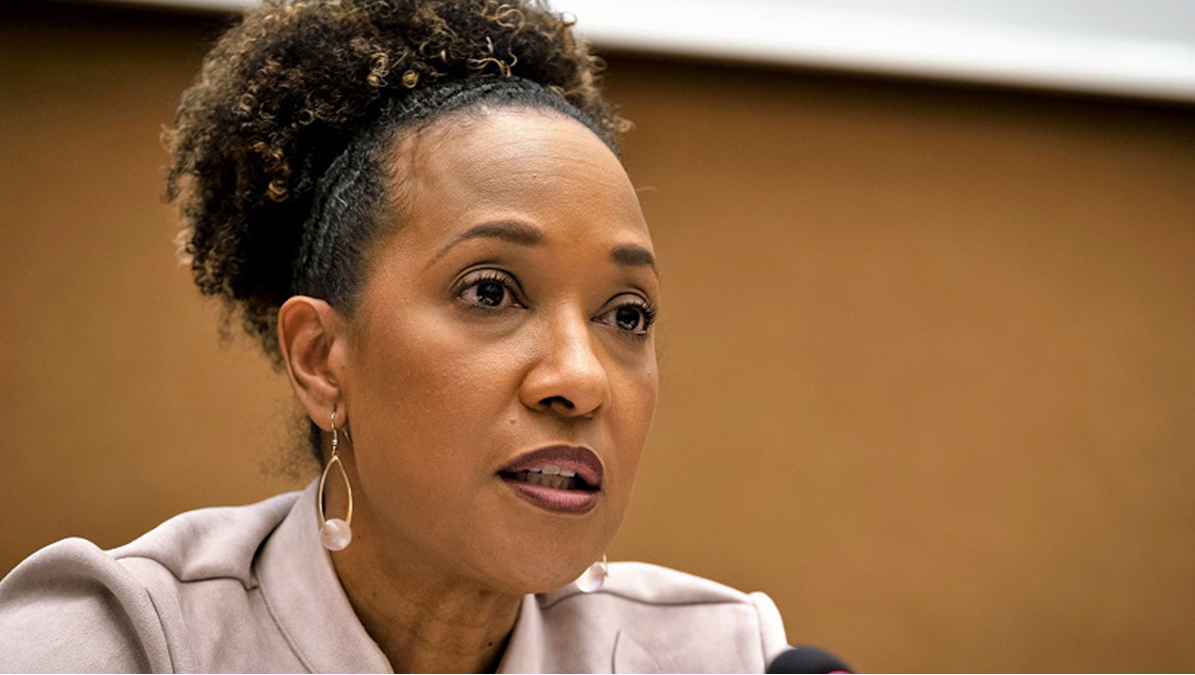[dropcap]T[/dropcap]he African Continental Free Trade Area Agreement (AfCFTA) came into force on Thursday. In April 2019, Gambia ratified the agreement, bringing the total number of African Union (AU) member state ratifications to 22, the minimum threshold for AfCFTA’s implementation. In the last month, the required number of endorsements was received by the AU and the agreement is now in force.
Virusha Subban, Partner specialising in Customs and Trade at Baker McKenzie in Johannesburg, said: “AfCFTA aims to eliminate tariffs on intra-African trade, reduce unemployment, increase infrastructure development and create a more competitive, yet sustainable environment for cross-border trade.”
Subban explains that AfCFTA is a treaty between consenting countries whereby a free trade area is constituted which allows member countries to conduct trade with each other without tariffs or other hindrances. Currently, the agreement has 52 signoraties, out of 55 member states, which make up a market of more than 1.2 billion people, with a combined GDP of more than US$ 3.4 trillion.
Itumeleng Mukhovha, Associate in Corporate/M&A Practice, notes: “Expanded international and regional trade flows have played a significant role in Africa’s rapid growth in recent years. The AfCFTA marks another milestone toward deeper regional integration and the quest for stronger and sustained growth. As a matter of fact, the AfCFTA is expected to provide businesses across Africa with many opportunities and in so doing, it complies with Agenda 2063: The Africa We Want. Agenda 2063 is an AU goal aimed at socio-economic transformation.”
“In addition, the Economic Commission for Africa (ECA) estimates that intra-African trade should increase by 52.3%, with the elimination of import tariffs and add USD 70 billion to the continent’s GDP by 2040. Currently, trading outside Africa is subject to lower tariffs than the 6.1% tariff imposed on intra-Africa trade. The scope of the AfCFTA will have widespread changes – businesses, traders and consumers in Africa will no longer be constrained by tariffs; and mechanisms will be put in place to assist traders that are burdened by non-tariff barriers,” she added.
Related: Uhuru extols benefits of intra-Africa trade
In January 2012, the AU decided to adopt a free trade area covering the African continent, which they hoped to have in place by 2017. Fast track to March 2018, where a significant decision was taken towards the fulfillment of the AU’s mandate of a continental free trade area – 44 countries indicated their commitment through signing the agreement in Kigali, Rwanda. Two further agreements were also presented at the Kigali Summit, namely the Kigali Declaration and the Protocol to the Treaty Establishing the African Economic Community relating to the Free Movement of Persons, the Right to Residence and the Right to Establishment.
“Two of Africa’s leading economies, Nigeria and South Africa, however, did not sign the agreement in Kigali in 2018. Both countries had indicated support of the agreement before the Summit, however, the reasons for their reservations took two different routes,” Mukhovka says.
“Nigeria was largely considered as a supporter of the free trade area and was expected to play a major role during the negotiations at the Kigali Summit. However, uproar by local businesses, policymakers and lobbyists within Nigeria led President Muhammadu Buhari to cancel his trip to Kigali in order to respond to complaints that their interests were not being accommodated.
“In July 2018, South Africa, along with five other countries, became party to AfCFTA, joining the-then 44 existing signoratries to the agreement. The African Union Summit which took place in July 2018, saw South Africa, Namibia, Sierra Leone, Lesotho and Burundi take the total signatories to 49 of the 55 member states. In February 2019, during the 32nd AU Heads of State and Government Summit in Addis Ababa, Ethiopia, Botswana, Zambia and Guinea Bissau raised the number of countries to have signed the agreement to 52. However, Africa’s largest and most populous economy, Nigeria, is the most notable non-signatory of the AfCFTA. Although the Nigerian government was initially concerned about opening up its borders and turning the country into a receptacle of finished goods, the Minister of Industry, Trade and Investment, Okechukwu Enelamah, recently confirmed that Nigeria will sign the AfCFTA as soon as President Muhammadu Bihari approves an impact-assessment report,” says Mukhovha.

When he signed the agreement last year, South Africa President Cyril Ramaphosa said that it would create many opportunities and benefits for South Africa and moreover, would grow and diversify the South African economy through the reduction of inequality and unemployment. Ramaphosa indicated that South Africa’s position as a major supplier of goods and services to the continent would also be strengthened by the agreement.
“Through the AfCFTA, South Africa is also expected to be benefit from an increase in foreign direct investment, gain access to a broader range of expertise and the possibility of lower governmental spending. This is because, through its implementation, the subsidisation on local industry segments might be removed due to advantageous outcomes of the agreement. However, two disadvantages arising from the agreement include the potential increase in the outsourcing of jobs as a result of the significantly reduced tariffs and the possible degradation of natural resources,” says Mukhovha.
Mukhovha explains further that extractive commodities including oil, minerals and metals, have traditionally been the continent’s leading source of exports, accounting for 76% of exports outside Africa.
“Due to the volatile nature of these extractive exports, financial assurance is not certain. It is hoped that AfCFTA will encourage a shift away from reliance on extractive exports towards more sustainable trade in Africa. Moreover, encouraging more labour intensive trade such as manufacturing and agricultural goods, will increase employment on the continent,” she says.
Subban says: “AfCFTA will not only have an impact on the trade of goods and services in Africa, but through the implementation of Phase II, it will also see an extension of the disciplines covering investments, competition and intellectual property. According to the AU, finalisation on the supporting instruments to facilitate the launch of the operational phase on AfCFTA will begin in June 2019 at an extra-ordinary heads of state and government summit.
Read: Citizen TV reporter off to The Economist
“Once all 55 AU member states have joined AfCFTA, it will become the largest free trade zone and the largest customs union in the world, with many more African products and services becoming freely available in other countries in the African Union,” Subban adds.












Leave a comment